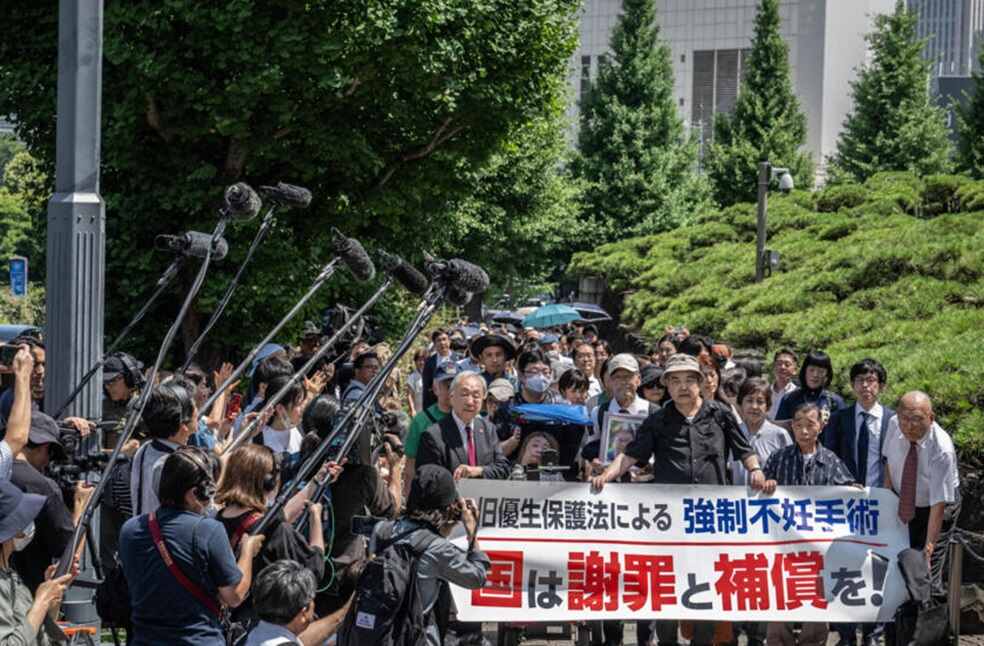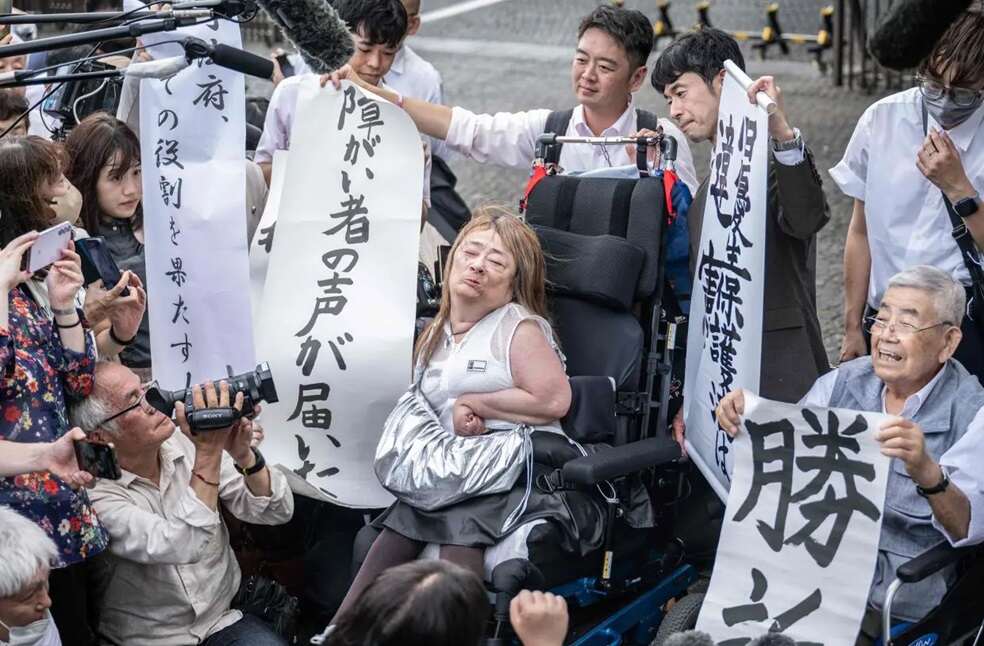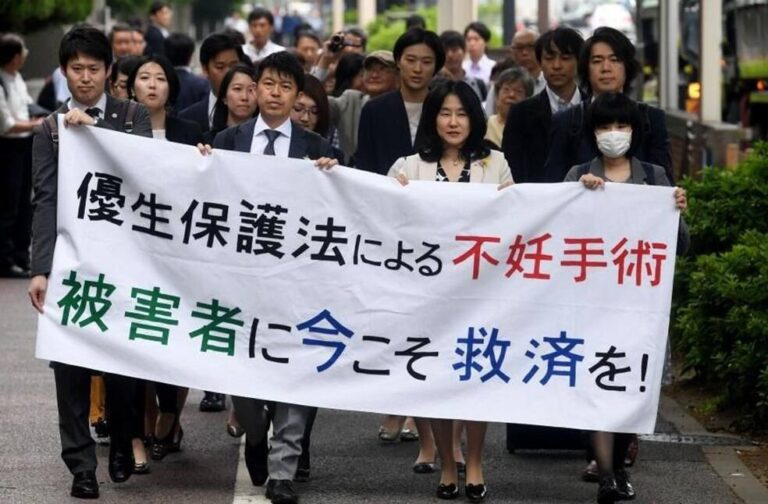Japan: The Supreme Court of Japan has declared a defunct eugenics law as unconstitutional that enforced the forced sterilisation of approximately 16,500 disabled individuals between the 1950s and 1990s.
In a landmark decision, the Supreme Court also mandated the government to provide damages to 11 victims involved in five cases brought on appeal.
The court ruling marks an end to the decades-long struggle for justice by victims who have sought both compensation and an apology. While a 2019 law had initially granted damages to surviving victims, some continued to fight for increased compensation.

In four of the cases heard, the central government had appealed against lower court orders for compensation. In the fifth case, two female plaintiffs appealed against the dismissal of their claims, with the lower court citing the statute of limitations.
Enacted in 1948 after World War II, the law authorised about 25,000 surgeries to prevent individuals with inheritable disabilities from having children considered ‘inferior.’

The Japanese government admitted that 16,500 of these sterilisations were performed without consent. Lawyers argued that even among the remaining 8,500 cases, where individuals were ‘de facto forced’ into surgery because of the pressure they faced at the time.
According to a parliamentary report from last year, victims of these procedures were as young as nine years old. The eugenics law was last repealed in 1996.
In its ruling, the Supreme Court also rejected the application of a 20-year statute of limitations to compensation claims related to forced sterilisations.

Lawyers had argued that the statute had meant that some victims, especially those who had been sterilised without their knowledge, had learned of the surgery too late to meet the legal deadline.
Forced sterilisations were most prevalent during Japan’s post-war baby boom in the 1960s and 1970s. The victims often included individuals with physical and intellectual disabilities, mental health issues, or chronic illnesses such as leprosy. Government records from 1953 indicate that physical restraint, anaesthesia, and even deceptive practices were sometimes used during these operations.



